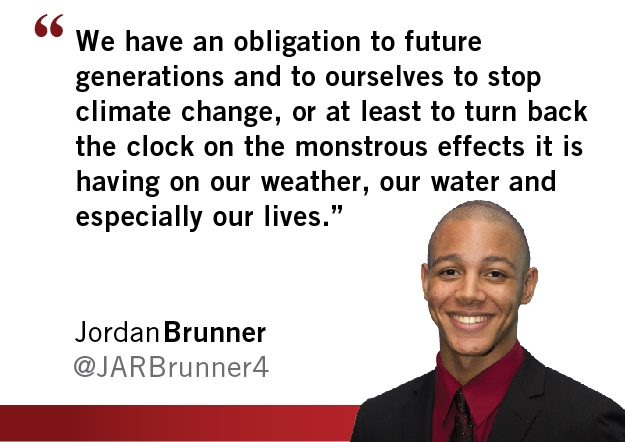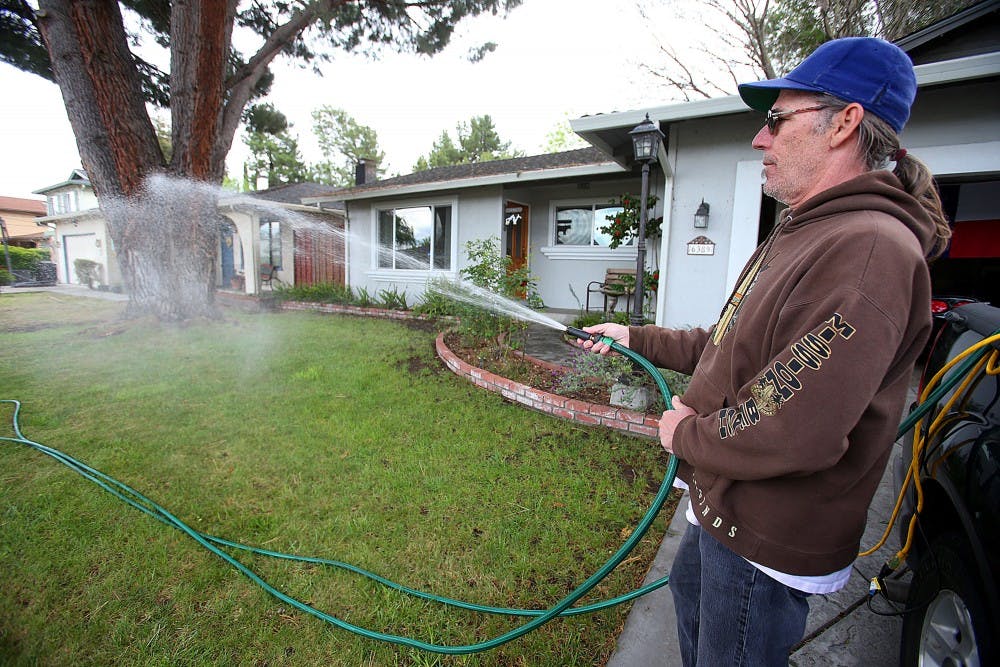The earth is cracked and baking, entirely devoid of water as it steams it away. It is so dry that it crumbles at the slightest touch. The earth rises up jaggedly, carelessly protruding as it stretches out across the horizon. It looks eerily like my skin when I don’t use lotion in the morning. Nearby, a lake recedes into the depths from which came, the sun beaming unbearably over it.
I could be describing sub-Saharan Africa or Death Valley. The latter is very close to the location I am describing; in fact, it resides within it. That’s right: I’m describing California now that record-breaking weather has led to unprecedented events, including near-draconian regulations on water use (which have been eased recently), as well as raging wildfires in southern California.
But this is not just a California problem. In fact, the drought crisis is poised to sweep across the U.S. frighteningly fast. Montana is another state that will probably be similarly affected, with devastating consequences. In fact, some NASA scientists are predicting “mega-droughts” in the coming years, reaching across most western states in the U.S. and also in the Middle East, where Yemen and Syria have a big problem with droughts. In fact, New York Times columnist Thomas Friedman linked the revolution in Syria to the government’s response (or rather lack thereof) to a drought there.

So what is causing all of this? Well the most obvious answer is climate change. Then again, it depends on who you talk to. While many scientists at Stanford say that climate change is the primary culprit in this recent dry spell for California, others claim that it is merely the result of a “high pressure ridge that blocked precipitation from entering California.”
However, some have taken issue with the latter assessment because it misinterprets the effect of melting glaciers and the movement of ice. On top of this, even if the cause of the droughts in California were because of the high pressure ridge, this doesn’t explain the epidemic in extreme weather that we have been having all across the globe, from lower-than-normal temperatures in Philadelphia to reckless typhoons in East Asia.
My voice joins a chorus of others, a chorus that resounds loudly but not loudly enough. It started with Al Gore and "An Inconvenient Truth." But it certainly will not end there. All of our voices need to get louder in order to inspire some movement on this issue. Action needs to be taken by everyone, at the local, state, national and global levels, as well as at the political, social and economic levels.
I don’t mean to blame the people of California for the drought, but their behavior with regards to their perfectly manicured lawns and other amenities that take up precious amounts of water is indicative of the selfishness which both people and nations have in regards to resources. Sadly, this is why Kyoto failed.
It’s time that we take action and stop letting this get out of hand. It’s time to stop denying what we know to be true for political gain, which doesn’t make sense given that we will all fail if we don’t get a handle on this. We have an obligation to future generations and to ourselves to stop climate change, or at least to turn back the clock on the monstrous effects it is having on our weather, our water and especially our lives.
Reach the columnist at jbrunne2@asu.edu or follow him on Twitter @JARBrunner4.
Editor’s note: The opinions presented in this column are the author’s and do not imply any endorsement from The State Press or its editors.
Want to join the conversation? Send an email to opiniondesk.statepress@gmail.com. Keep letters under 300 words and be sure to include your university affiliation. Anonymity will not be granted.
Like The State Press on Facebook and follow @statepress on Twitter.




